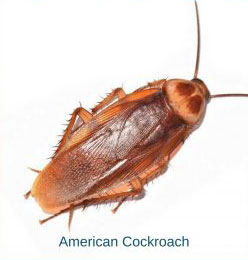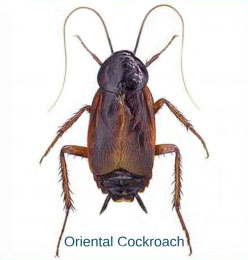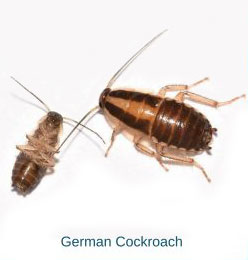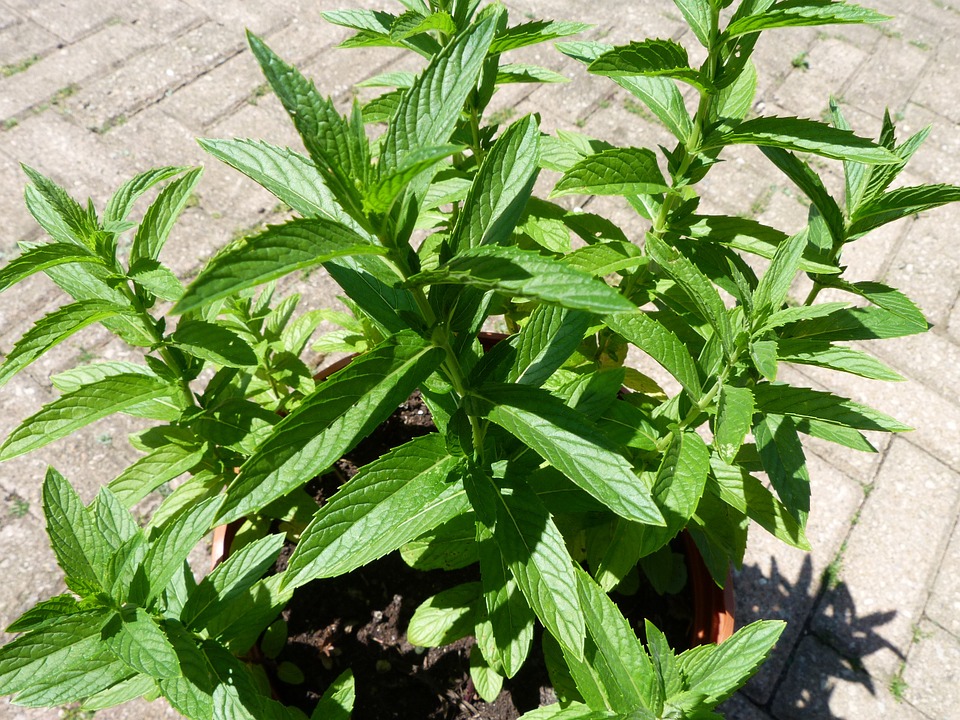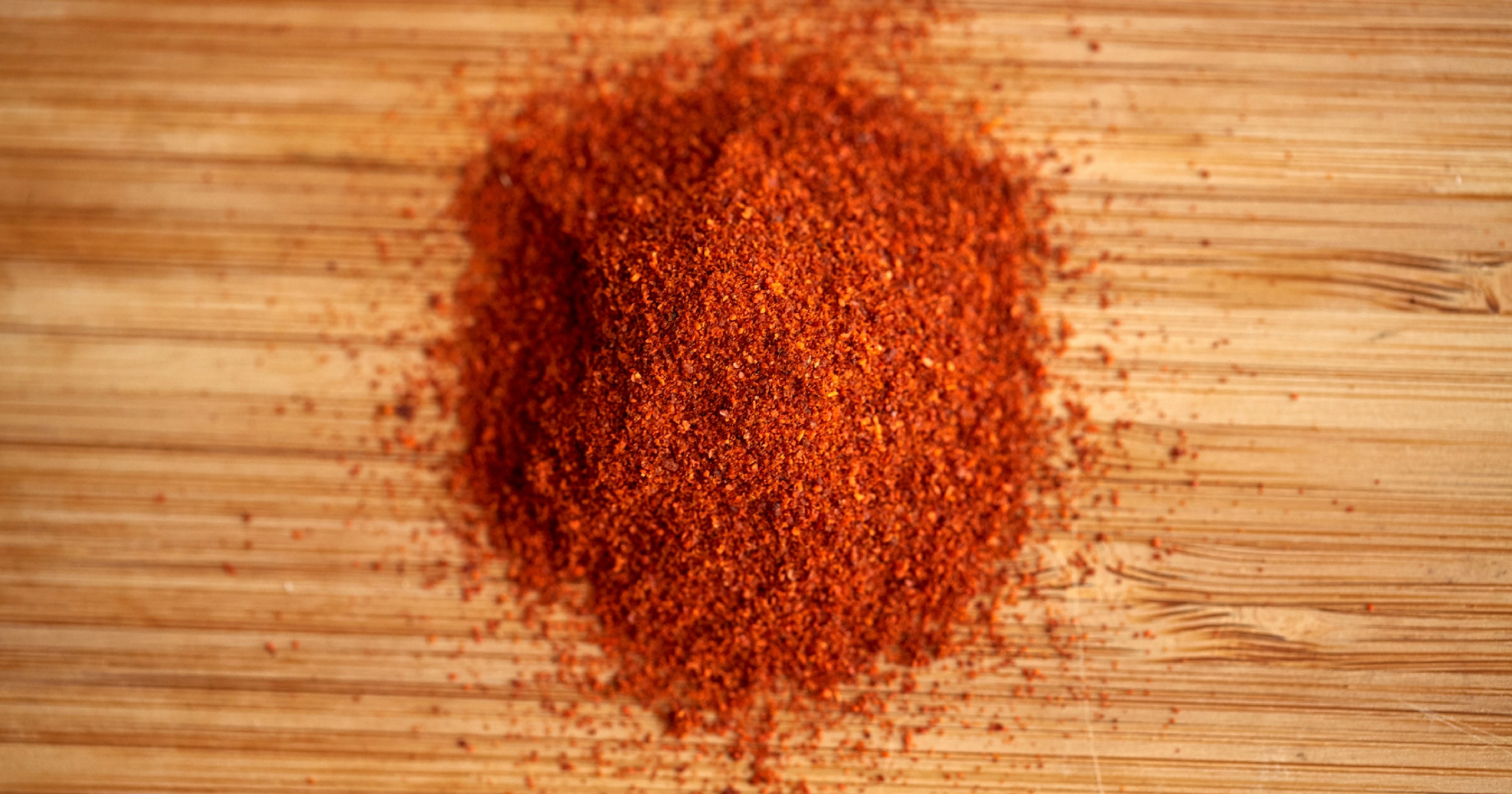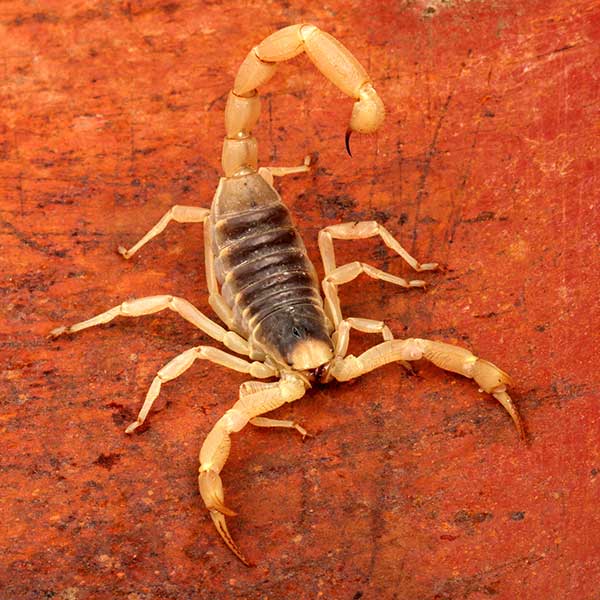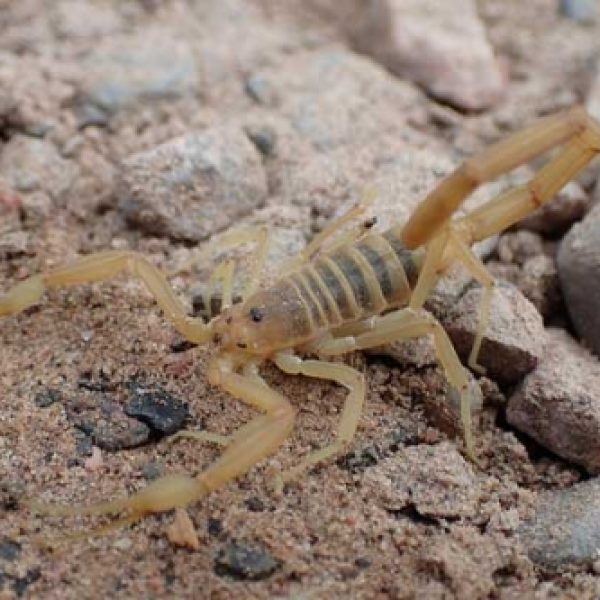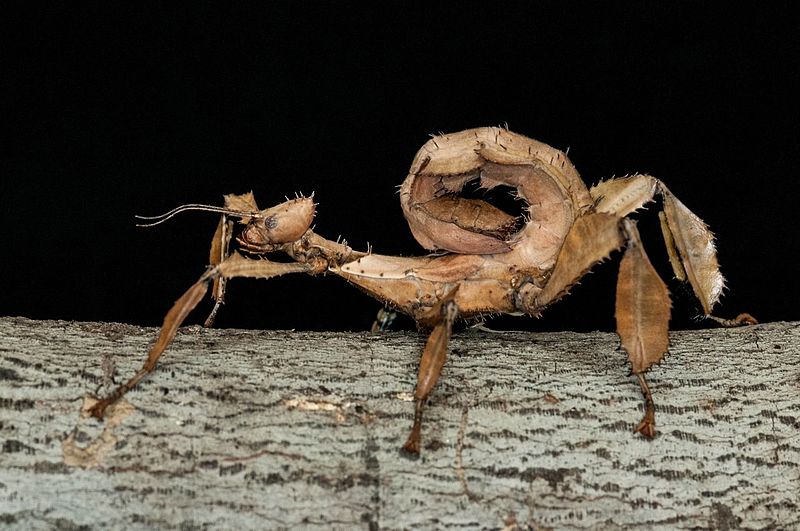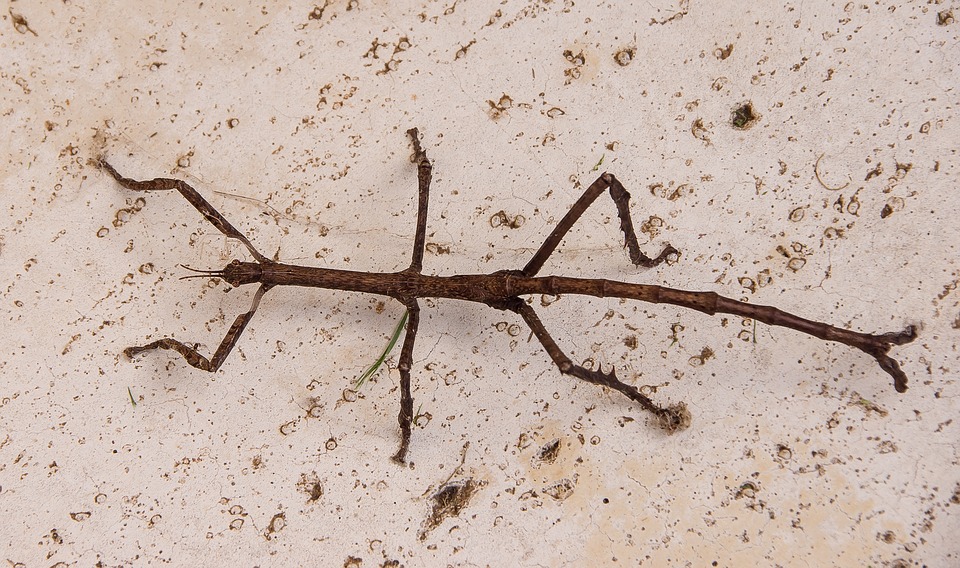Using Plants for Organic Pest Control
Are you an insect magnet? You can plant herbs that repel insects, including mosquitoes, and add a touch of beauty to your backyard at the same time if you plant herbs and flowers that repel insects! The Las Vegas summer heat can be devastating for new plant growth, so experts recommend starting a garden in early spring or fall, which is right around the corner! Seeds should be planted when nighttime temperatures are around 50 degrees.
Our Southern Nevada climate (mild winters and hot, dry summers) is similar to some Mediterranean regions where many of the following insect repelling herbs originated, and that makes your backyard a perfect place to grow mint, basil, rosemary and lavender. Although these plants help repel insects, know that simply including some of these herbs in your garden won’t get rid of every pest.
BASIL

Basil emits its’ aroma without crushing the leaves, so you can grow basil in pots and put them in your backyard to control mosquitoes. Pinch flowers off and give afternoon shade.
LAVENDER

Although people love the smell of lavender, mosquitoes, flies and other unwanted insects hate it. To control mosquitoes, keep potted lavender plants around seating areas on your patio, backyard and garden and in a sunny location.
MINT

Ants hate the smell of mint! However, never plant mint in the garden, as it is dominant and will take over. Plant in pots and plug the drainage hole to keep the mint contained.
CHIVES

Chives will repel garden and household pests like ants, aphids and Japanese beetles. Chives are members of the lily family grown for their leaves and flowers, which are equally popular in the garden and in the kitchen. Plant in full sun.
ROSEMARY
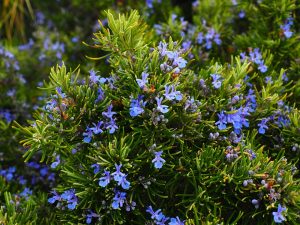
Mosquitoes often strike while we are barbecuing outdoors. When grilling, throw some stalks of rosemary on the hot coals to give a mosquito repelling aroma. This simple trick will turn your barbecue into a natural mosquito repellent and adds delicious flavor to your food.
If you apply these methods and still experience ant issues, Western Exterminator has compiled a Pest Library to help you not only identify what types of insects you’re dealing with, but help you get your problem under control. Give us a call if you decide you need help combating any home or garden invaders.


